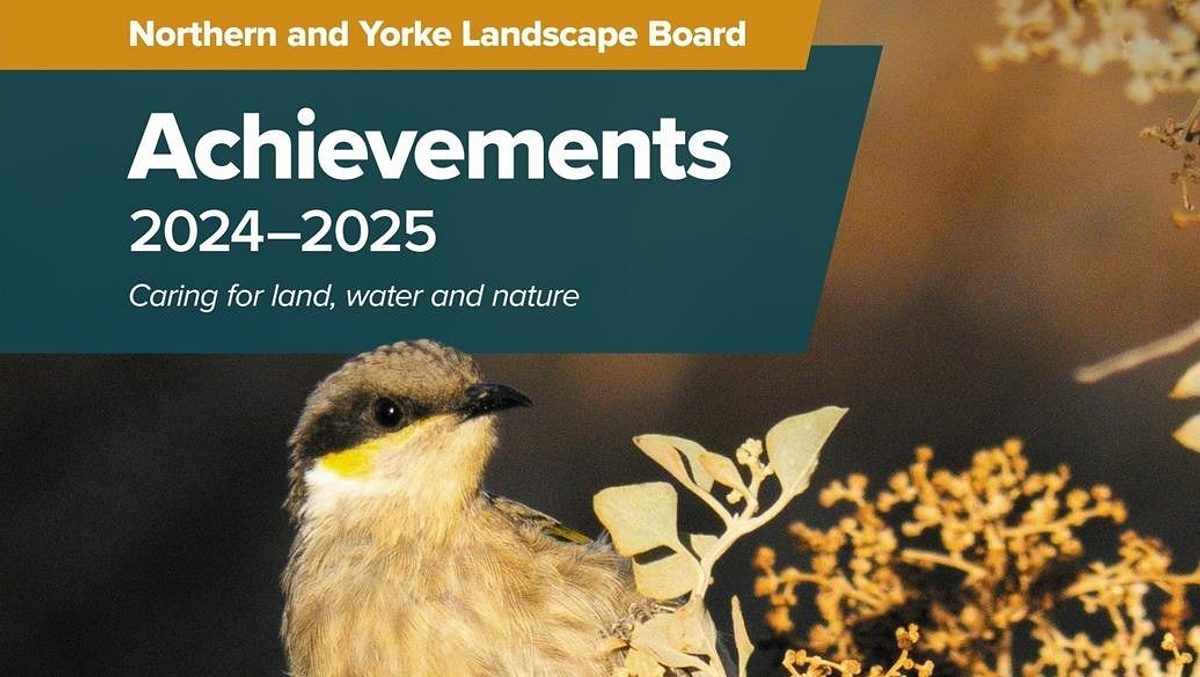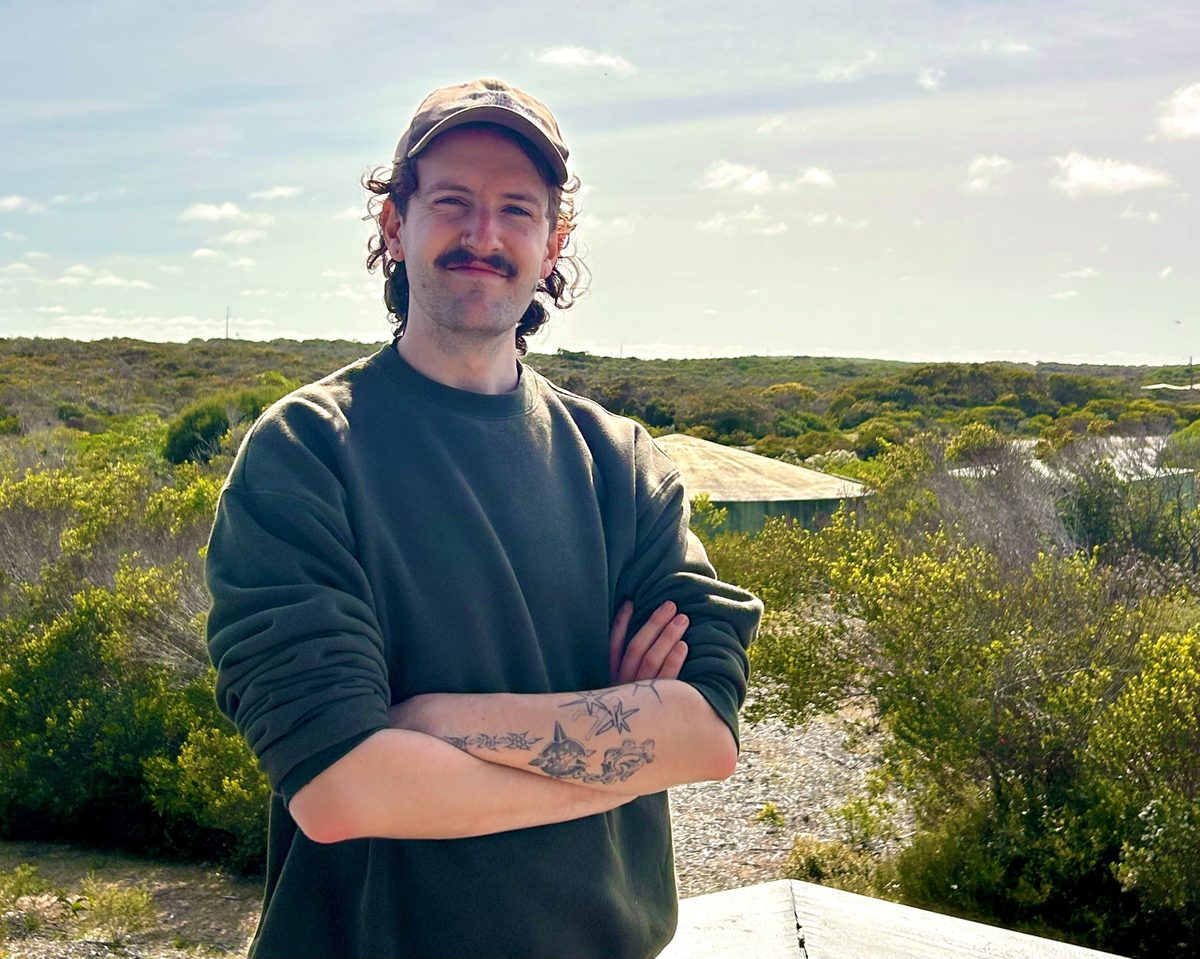Dedicated volunteers breathing new life into bushfire zone
The devastation of the 20 November, 2019 bushfire on southern Yorke Peninsula will be forever etched in the memories of locals, but thanks to the tireless efforts of volunteers and local school children, new life is emerging from the razed fire zone.

Helping lead the charge has been local environmental champion Peter Stockings, or Soxy as most know him, and former SYP Community Hub coordinator Kate Martin, whose combined tireless energies have given hope to reestablishing the local environment.
Soxy recalls the day the fire burned about 5000 hectares, threatening both townships of Yorketown and Edithburgh, and devastatingly destroying 11 homes, farmland, native vegetation and fences.
“It only took 35 minutes to burn from Yorketown all the way down to the beach,” he said. “With 80-kilometre an hour winds, there was little hope of stopping it.”
It left nothing in its wake.
Kate Martin had started working at the SYP Community Hub almost exactly 12 months before, and given her and Soxy’s experience working in natural resources, as well as their extensive networks, they were an obvious choice to lead a help and recovery program.
While there were immediate needs in terms of housing and other support, Kate said the environmental rehabilitation that followed was boosted by the Northern and Yorke Landscape Board’s Djulda-wawa Badja project.
Djulda-wawa Badja means ‘resilient coast’ in Narungga language. For the last three years the project has been building the coastline’s resilience through practical, on-ground land management activities across Yorke Peninsula.
The project enabled fencing to be erected, weed control, and the propagation and planting of more than 7,000 tube stock on public and private land around Lake Fowler and Goldsmith’s Beach.
“Djulda-wawa Badja was probably the only initiative that covered that particular kind of environmental work following the fire,” Kate said.
“We had Housing SA there and agencies covering mental health and well-being, but as far as being able to do the work we were doing on the ground, Djulda-wawa Badja was what allowed us to do that.
“And that practical project also linked in very well to other areas, because the environmental work we were doing had flow-on benefits to things like mental health, both for the people doing the work and for others driving through the area daily.
“To be able to drive by and see work being done and plants regrowing instead of bare ground was very important.”

About 450 local school children and 40 adult volunteers assisted in the mammoth project. Contractors were also engaged to assist, given the scale of the revegetation project.
Plants were purchased from Yorke Peninsula Council’s Leisure Options program, who had propagated native plants suitable for the revegetation effort.
“We were able to purchase the plants through this initiative, which provides options for people with disabilities,” Kate said.
“We were also able to use some of the funding to help put additional resources into the nursery so their operations will be better for the future.
“Things like irrigation and some equipment for a hot house, so that has an ongoing benefit.”

The project has demonstrated the value of partnerships between the Landscape Board, community groups, landholders, and councils in both disaster recovery and coastal resilience and rehabilitation.
The Southern YP fire recovery and revegetation effort is a long-term commitment. Soxy himself giving countless hours, all voluntary in his own time, watering and trying to keep plants growing in drought conditions.
Kate said to see, and be part of, the recovery of the land was heartening for all.
“The fire area was pretty much decimated as far as any ground cover. It was totally barren, burnt, bare earth,” she said.
“We were able to undertake the revegetation project, for the sake of the environment, but just as importantly to involve local school children and volunteers which has enabled community connectiveness and wellbeing benefits.”
Funded by the Landscape Priorities Fund and Levy. Project partners include councils, Narungga organisations, Landcare and bushfire recovery groups, non-government organisations, landholders, YP Tourism, AGL, Northern & Yorke Local Government Association, Regional Development Australia Yorke and Mid North and local schools.
Learn more about the Djulda-wawa Badja project


